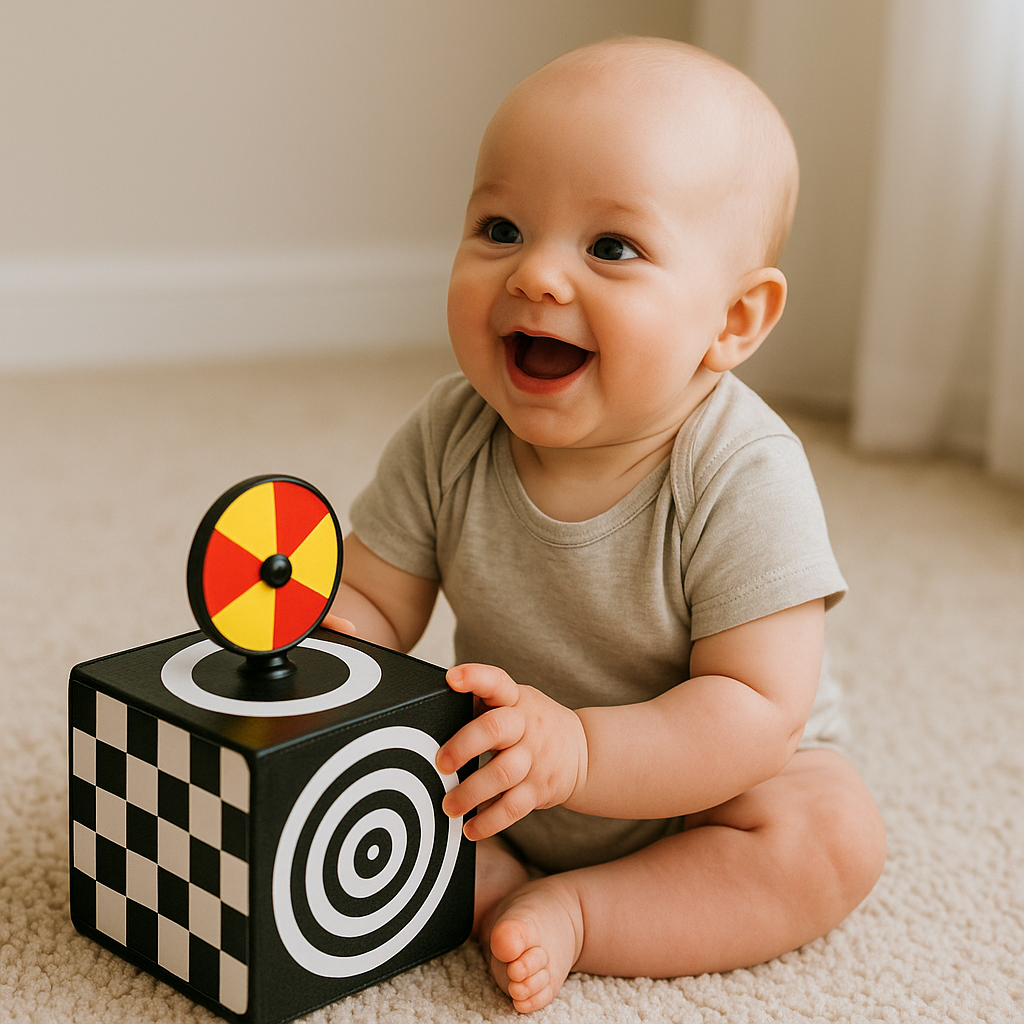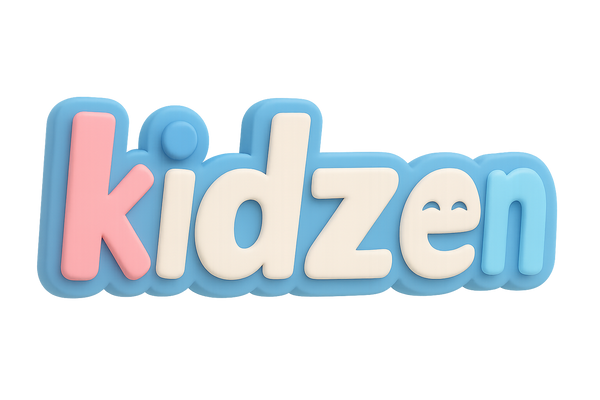
Bright Minds: How Visually Stimulating Toys Support Child Development
Share
From bold colors to blinking lights and high-contrast patterns, visually stimulating toys are a staple in many homes with young children. But are these eye-catching objects merely entertaining—or do they play a deeper role in brain development?
Let’s dive into the science.
👁️ The Importance of Visual Stimulation in Early Development
Vision is the most complex of the senses, and it develops rapidly during infancy. According to Johnson et al. (2001) in Nature Reviews Neuroscience, visual input in the early years is crucial for shaping the brain's visual cortex, which influences not only sight but also attention, memory, and learning capacity.
The American Academy of Pediatrics notes that age-appropriate visual stimulation—particularly in the first year—helps babies learn to focus, track objects, and eventually coordinate hand-eye movement.
🧠 What Research Says
A study published in Infant Behavior and Development (Needham, 2000) found that infants exposed to toys with high visual contrast (such as black-and-white patterns or bold primary colors) developed stronger visual attention and longer gaze durations. These are foundational for cognitive skills like sustained focus, problem-solving, and early language development.
Similarly, in Developmental Psychology (2012), researchers found that babies exposed to dynamic visual stimuli (e.g., lights that respond to movement) showed improved visual-motor coordination and increased curiosity during free play.
🌈 Benefits of Visually Stimulating Toys
-
Improved Visual Acuity: High-contrast patterns help infants refine their ability to distinguish shapes and colors.
-
Hand-Eye Coordination: Toys that move or light up when touched strengthen visual-motor integration.
-
Attention Span Development: Tracking moving lights or spinning toys enhances focus and sustained attention.
-
Sensory Integration: When paired with sounds or textures, visual toys promote cross-sensory learning.
-
Early Learning Foundations: Visual cues support memory building and object permanence recognition.
📌 Examples of Visually Stimulating Toys
-
Black & white mobiles for newborns
-
Light-up sensory cubes
-
Mirrors with colorful frames
-
Spinning tops and cause-effect light toys
-
Picture books with vivid, contrasting illustrations
⚠️ A Note of Caution
Too much fast-paced visual stimulation—especially from screens—can overstimulate young brains. Pediatricians recommend limiting digital visual stimuli for babies under 18 months and focusing instead on real-world visual interaction through toys and play.
🧸 Conclusion
Visually stimulating toys are more than colorful distractions. They help wire the brain for vision, attention, and learning—especially when thoughtfully chosen for a child’s developmental stage. When used in moderation and paired with caregiver interaction, they’re a powerful tool for early development.
